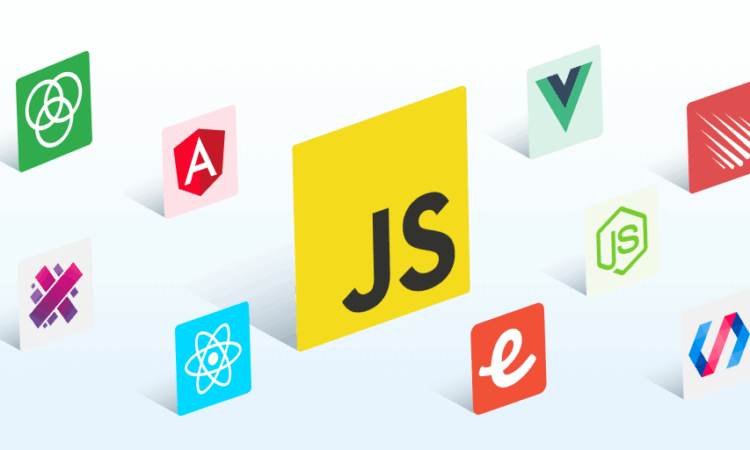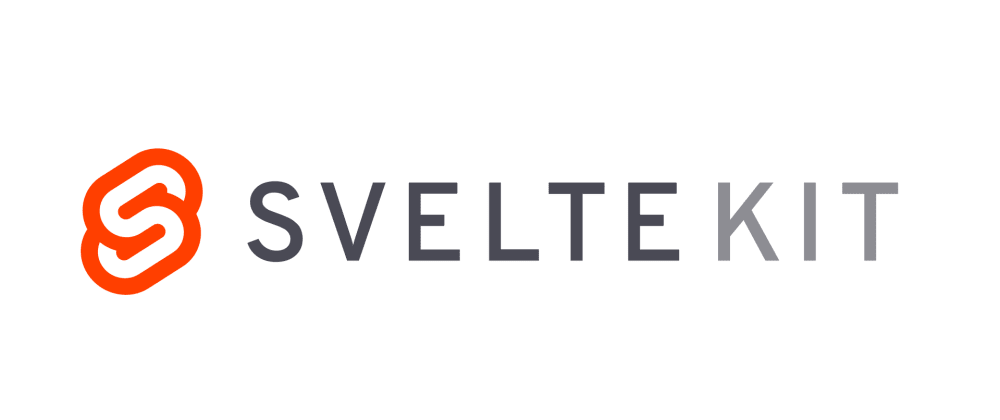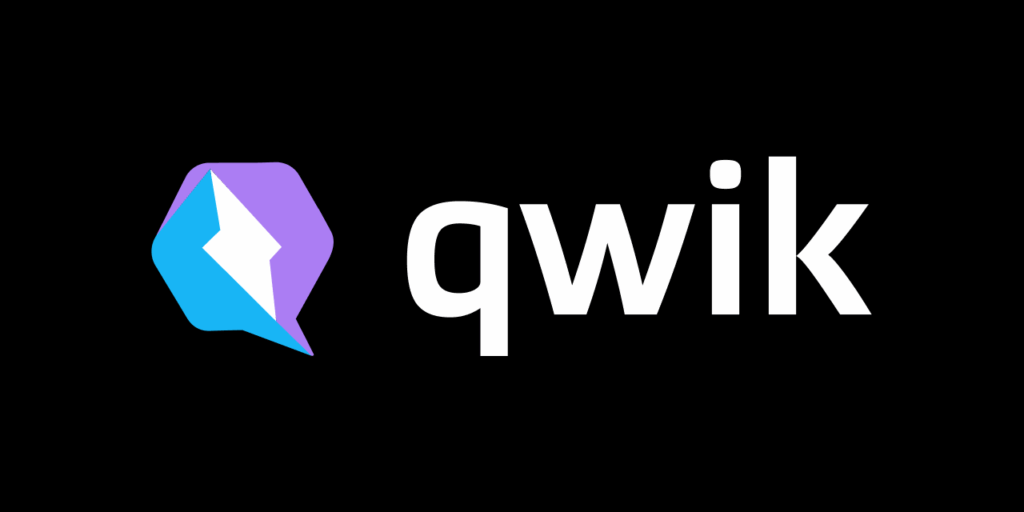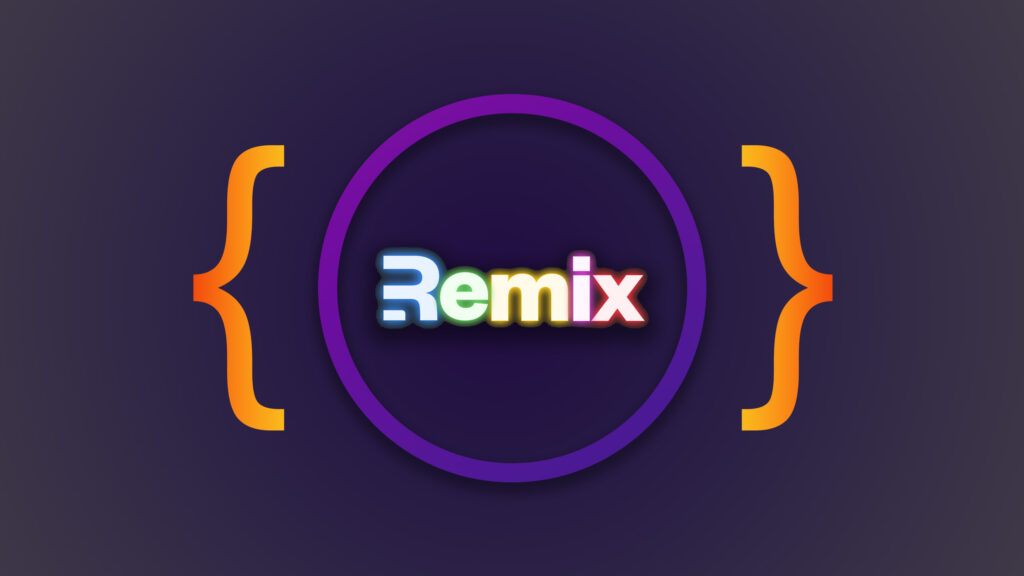
It’s 2025, and JavaScript is still evolving faster than your favorite meme format. With frameworks shipping major updates, new challengers entering the scene, and edge-native architectures becoming the norm, staying current can feel like chasing a moving target.
Whether you’re building for the browser, the edge, or the full stack, here’s a rundown of the hottest JavaScript frameworks in 2025 (so far) — what they offer, what’s new, and why they’re making waves.
🔥 1. Next.js 15

The Enterprise Default Gets Edgier
Vercel’s flagship framework continues to dominate the React meta-framework space, and 2025 marks its most mature release yet.
Why It’s Hot:
- Server Components are now stable and fully integrated, offering a cleaner separation of concerns and improved performance.
- Turbopack, the Webpack replacement, is the default dev server — cold starts and hot reloads are noticeably faster.
- Built-in edge function support lets you run dynamic logic close to your users, no configuration required.
- AI-powered DX features in Vercel CLI and dashboards improve scaffolding, routing, and performance analysis.
If you’re using React and want server-side rendering, edge readiness, and rapid iteration, Next.js 15 is the clear frontrunner.
⚡ 2. Svelte & SvelteKit 2.0

Compiler-first Simplicity, Supercharged
Svelte’s “disappear after compile” philosophy has always been appealing, and with SvelteKit 2.0, the framework feels more complete and production-ready than ever.
Why It’s Hot:
- The new Runes API brings fine-grained reactivity with improved performance and flexibility.
- SvelteKit 2.0 supports adapters for Node, Cloudflare Workers, Deno, and Vercel — perfect for edge deployment.
- Built-in animations, transitions, and SSR are smoother and easier to implement.
Svelte has carved out a niche among devs who want lean, expressive syntax with the performance of raw JS. And with AI tooling catching up to Svelte syntax, adoption is only accelerating.
🌲 3. RedwoodJS 2.5

Full-Stack JavaScript, Ready for Production
RedwoodJS continues its quiet rise as a full-stack JS framework that feels like Rails but speaks React and GraphQL fluently.
Why It’s Hot:
- Integrated GraphQL API layer, Prisma ORM, and TypeScript out of the box.
- Cell architecture makes data-fetching declarative and dead simple.
- The new Redwood Studio (Beta) adds a low-code visual layer to inspect, edit, and debug app flows.
It’s gaining serious traction among startups that want to move fast with a batteries-included, opinionated full-stack solution.
🧬 4. Qwik

Instant-Loading Apps via Resumability
Built by the creator of Angular and backed by Builder.io, Qwik introduces a radical concept: resumability — where instead of hydration, apps resume execution from where the server left off.
Why It’s Hot:
- Near-instant page loads, even on slow devices.
- Qwik City, its routing layer, now supports nested layouts and advanced streaming.
- Designed for edge-first deployment and aggressive performance goals.
Qwik has become a favorite for performance-obsessed teams building marketing sites, e-commerce, and apps targeting global users.
💡 5. SolidJS

Fine-Grained Reactivity Without the Boilerplate
SolidJS is often described as “what React would be if it were reactive.” It compiles to fine-grained reactive DOM updates — without virtual DOM overhead.
Why It’s Hot:
- Blazing fast benchmarks across the board.
- No diffing or reconciliation — just compiled reactive DOM.
- Familiar JSX syntax but with a fundamentally different execution model.
Solid is picking up momentum among devs who want to keep the React feel but need better performance and cleaner reactivity for real-time dashboards and UI-heavy apps.
💻 6. Remix 2.2

Web Fundamentals + Server-First Thinking
Now under Shopify’s umbrella, Remix continues to champion progressive enhancement and web fundamentals.
Why It’s Hot:
- Emphasizes server-first rendering and zero client JS when not needed.
- Full support for streaming, form actions, and nested routing out of the box.
- Remix 2.2 introduces offline-ready service worker tooling, ideal for PWAs.
Remix is becoming the go-to for apps that require fine-grained control over rendering, caching, and form UX — all while staying close to the platform.
🧱 7. Astro 4.0

The Multi-Framework Builder for Content-Rich Sites
Astro is the anti-framework framework — a static site generator and content-focused tool that supports multiple UI frameworks in the same project.
Why It’s Hot:
- Astro 4.0 adds partial hydration, edge rendering, and Markdown islands for interactive content.
- Framework-agnostic: Use React, Vue, Svelte, or Solid side by side.
- Great for blogs, documentation sites, landing pages, and static-heavy UIs.
Astro has become a favorite for dev teams building fast, content-rich experiences — especially in marketing and documentation-heavy companies.
🪐 8. Fresh

Deno’s Native Web Framework
Built on Deno, Fresh is an edge-native JavaScript framework with zero build step and islands architecture.
Why It’s Hot:
- No bundler required — instant startup.
- Renders HTML on the server, hydrates only where necessary.
- Great DX with native TypeScript and browser-standard APIs.
If you’re exploring Deno or want a minimal, modern web stack, Fresh is an exciting option in 2025 — especially for small-to-medium apps and static/dynamic hybrids.
⚙️ Bonus: Honorable Mentions
- Vue 3.4 + Nuxt 4: Still going strong with great DX, ecosystem maturity, and growing adoption in Asia and Europe.
- Electron + Vite: Still relevant for desktop apps — now more performant thanks to Vite’s hot reload and faster bundling.
- Expo Router: Bringing file-based routing to React Native — bridging the gap between mobile and web navigation.
🤖 The AI Effect: Why These Frameworks Are Thriving
A subtle but important factor this year: AI tooling favors developer-friendly, declarative frameworks.
- Frameworks with clear patterns (like Next.js or SvelteKit) are easier for tools like GitHub Copilot or ChatGPT to understand and scaffold.
- Declarative code (like Qwik or Solid) lends itself better to AI refactoring and generation.
- Some frameworks (like Redwood and Astro) are baking in AI-assisted CLI and project setup.
As AI continues to integrate into the dev workflow, frameworks that “play nice” with LLMs are becoming more attractive to both solo devs and teams.
🧭 Final Thoughts: What Should You Use?
Choosing the “best” framework in 2025 depends on what you’re building:
| Use Case | Try This Framework |
|---|---|
| Full-stack React with SSR | Next.js 15, Remix 2.2 |
| Content sites + blog/docs | Astro 4.0, SvelteKit, Nuxt 4 |
| Real-time + performance-focused | SolidJS, Qwik, SvelteKit |
| Startup MVP with GraphQL/TS | RedwoodJS, Next.js, Remix |
| Lightweight, edge-first apps | Fresh, Qwik, SvelteKit |
JavaScript in 2025 is more capable than ever, with tools that empower developers to build faster, scale smarter, and deliver better performance — no matter the use case.
Now’s a great time to explore something new. Who knows — the hottest framework next year might be something you prototype this year.




